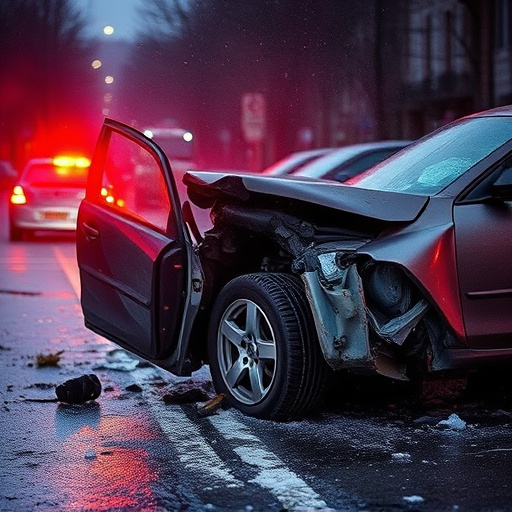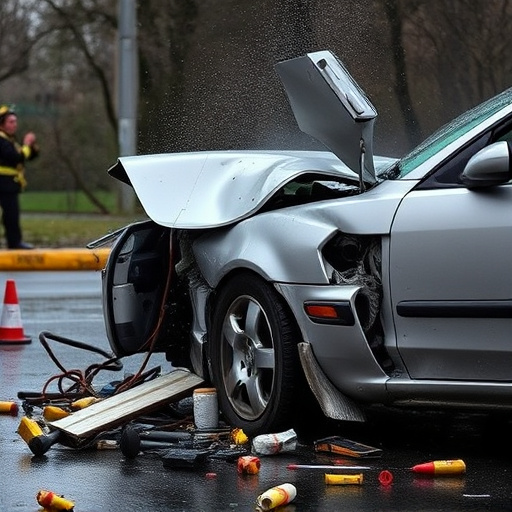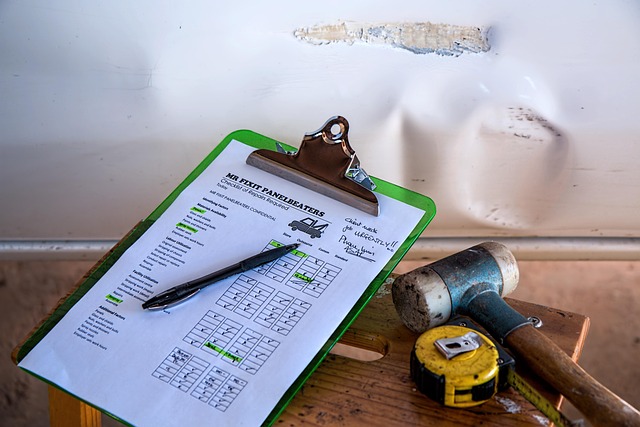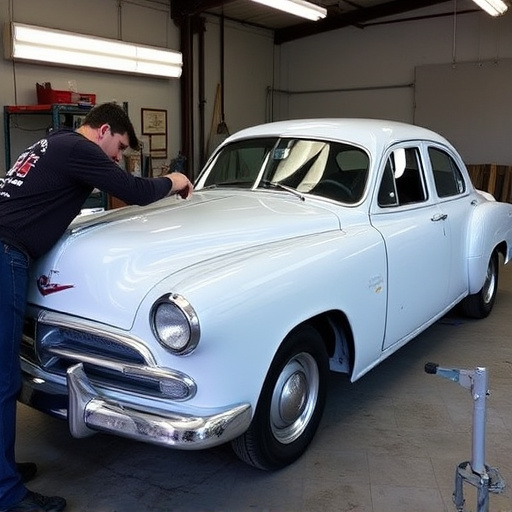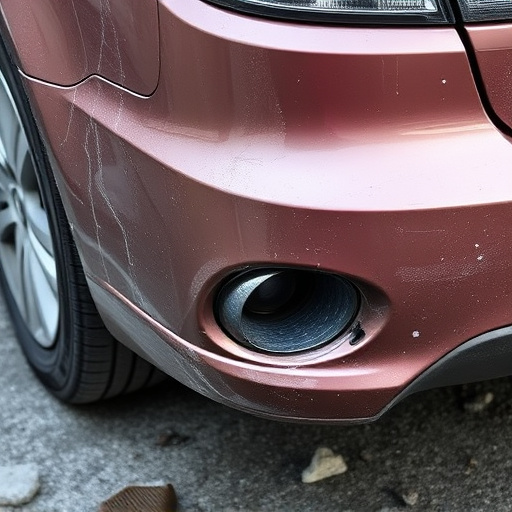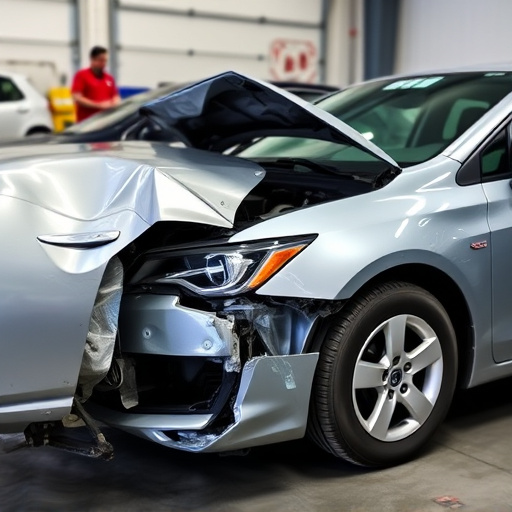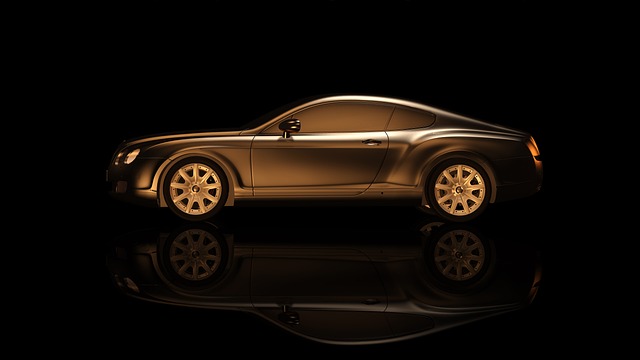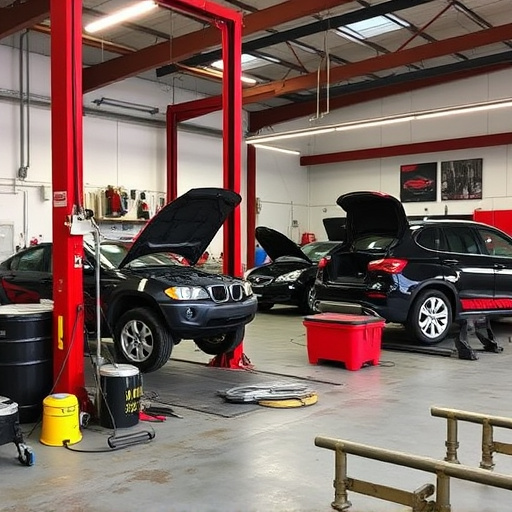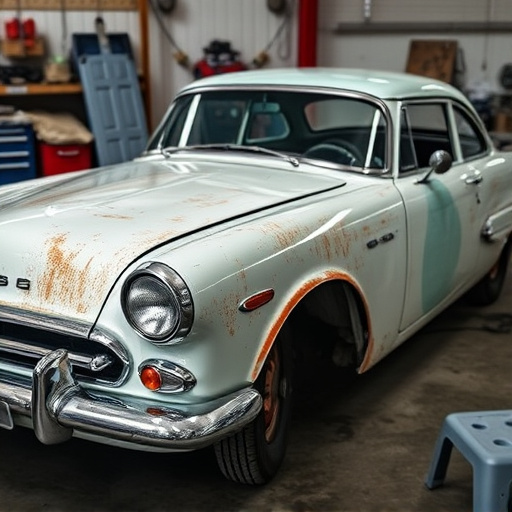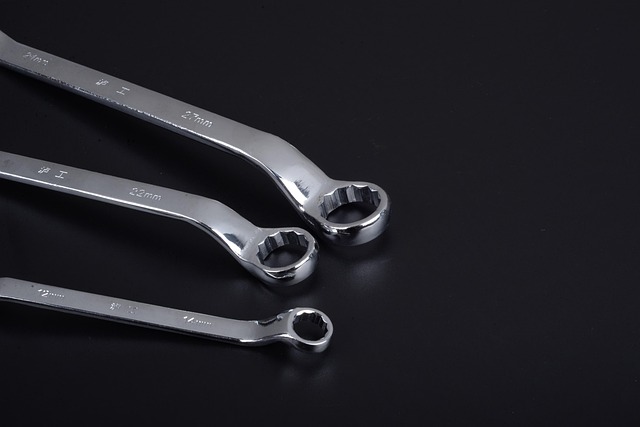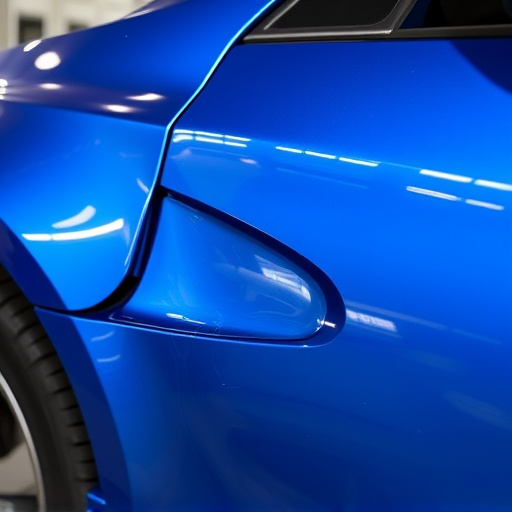A lightning strike can cause significant damage beyond visible dents, affecting internal components like frames, electrical systems, and critical parts. Lightning strike auto repair involves thorough inspections, recalibration of electrical systems, and specialized tools to ensure vehicle safety and optimal performance, including advanced driver-assistance systems (ADAS). Skilled technicians restore functionality for a safe daily commute post-lightning strike auto repair.
After a lightning strike, auto repair goes beyond surface-level fixes. Recalibration is essential to ensure vehicles affected by such powerful natural events are safe and reliable. This article delves into the critical post-lightning strike repair process, focusing on structural damage assessment, restoring electrical systems, and reinstating safety features. Understanding these steps is key for both professionals and car owners to navigate the unique challenges of lightning strike auto repair, ensuring peace of mind on the road.
- Assessing Structural Damage After Lightning Strike Auto Repair
- Restoring Electrical Systems: A Crucial Step in Recalibration
- Reinstating Safety Features: Ensuring Peace of Mind on the Road
Assessing Structural Damage After Lightning Strike Auto Repair
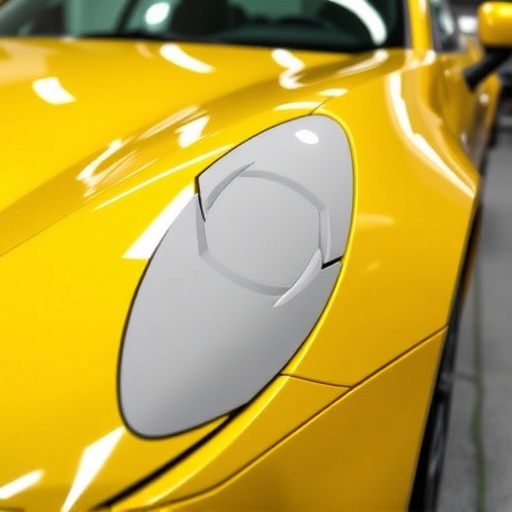
After a lightning strike, assessing structural damage to vehicles is a crucial step in the auto repair process. It’s not just about fixing the visible dents; hidden internal components could have been affected by the intense energy and electromagnetic pulse. A comprehensive inspection by a qualified technician from a reputable collision repair shop or auto body shop will help identify any potential risks.
This includes checking for frame straightness, electrical system integrity, and the condition of sensitive parts like airbags, sensors, and fuel systems. Modern vehicles are increasingly equipped with sophisticated electronics, making it even more vital to ensure these components are in working order after a lightning strike auto repair.
Restoring Electrical Systems: A Crucial Step in Recalibration
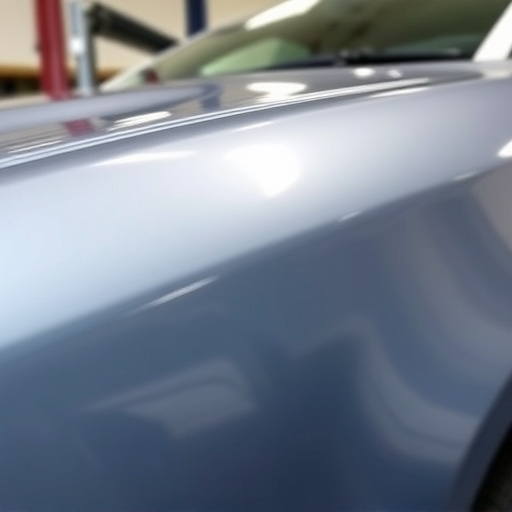
After a lightning strike, auto repair goes beyond mere visual aesthetics to restoring crucial systems. Recalibration is an essential step in ensuring that a vehicle’s electrical systems function optimally following a severe weather event. Lightning strikes can cause significant damage to a car’s internal components, from the wiring harness to the computer modules. These impacts may lead to misalignment or failure of electronic control units (ECUs), resulting in various malfunctions and safety hazards.
Restoring these electrical systems requires expertise and specialized tools. A qualified vehicle body shop technician will meticulously inspect and test each affected system, identifying any faulty parts or connections. They’ll then calibrate or replace components as needed, ensuring precise performance. This meticulous process, often coupled with hail damage repair or car dent removal, is vital to not only the vehicle’s operational efficiency but also its safety on the road.
Reinstating Safety Features: Ensuring Peace of Mind on the Road
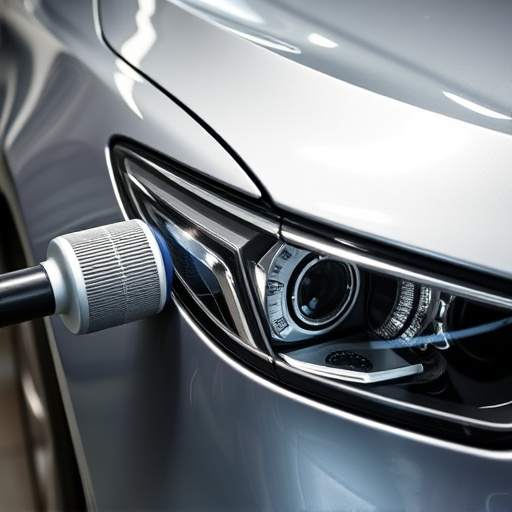
After a lightning strike, the initial focus is on ensuring the vehicle’s structural integrity and safety. However, once the immediate danger has passed, it’s crucial to address the recalibration needs that arise from such unique auto repair scenarios. One of the most critical aspects is reinstating the car’s safety features, offering peace of mind for drivers and passengers alike.
Lightning strikes can disrupt the vehicle’s electronic systems, including sensors and control units vital for advanced driver-assistance systems (ADAS). These systems encompass features like automatic emergency braking, lane-keeping assist, and adaptive cruise control. Skilled technicians in lightning strike auto repair understand that recalibrating these systems is essential to restore their functionality and precision. Proper restoration involves using specialized tools and diagnostic software to reset the systems, ensuring they operate optimally and safely on the road. Car repair services that specialize in such cases can help bring the vehicle back to its pre-strike condition, including meticulous autobody repairs and car restoration work, guaranteeing a seamless return to your daily commute.
After a lightning strike, auto repair involves more than just fixing visible damage. It’s a multifaceted process that demands careful recalibration, from assessing structural integrity to restoring electrical systems and reinstating safety features. By addressing these key areas, vehicle owners can ensure their cars are not only drivable but also safe on the road, returning to their pre-strike condition with enhanced peace of mind. Lightning strike auto repair requires expert knowledge and meticulous attention to detail to achieve optimal results.


